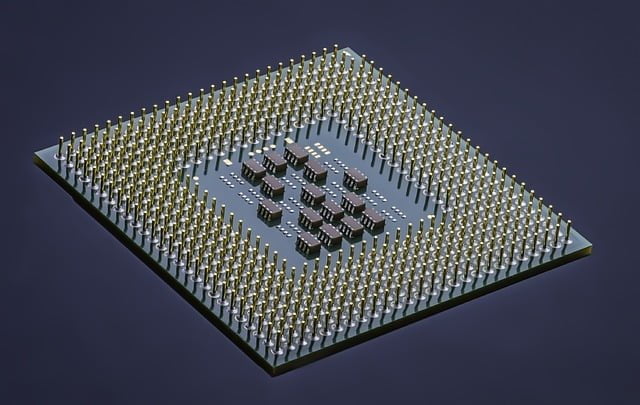Over the past few years, surging focus on neuroscience and prospect of understanding brain functionality have assisted in addressing current technological limitations by utilising neural computation principles. Recognising this potentiality, the research community has launched many remarkable projects to support computational neuroscience, for studying the nervous system’s information processing properties. An example of this is the Blue Brain Project to be held in Switzerland at Ecole Polytechnique Federale de Lausanne. This project focuses on simulation of ten thousand neurons in rat’s brain by analysing the nervous system in detail.
Advancements in Neuromorphic Chips Expected to Overcome Drawbacks Associated with Simulation
The capability of neural network models to solve several tasks was realised in early 2000’s, on the basis of human brain’s working process. “Deep learning” has become a buzzphrase and a prevalent term for every neural network model as well as associated technique. Majority of practitioners in deep learning concede its prevalence driven by hardware, among specific graphic processing units (GPUs). Core neural network algorithms, for example- backpropagation algorithm, was developed between 1970s and 80s for calculating gradients, whereas convolutional neural network was developed in late 90s.
The next logical move is foreseen to be inclination towards utilisation of neuromorphic chips from GPUs. Even if GPU architecture is specifically designed for computer graphics, implementation of neural networks by neuromorphic chips can be done directly into hardware. At present, neuromorphic chips are being developed by various public as well as private entities such as IBM, Qualcomm, DARPA, and EU. There are drawbacks of numerous studied parameters, and von-Neumann computing architecture, associated with the simulations. These drawbacks are foreseen to be tackled by advancements in neuromorphic chips, creating an opportunity for development of systems for efficiently understanding the brain functionality.
Neuromorphic Chips Development Expected to Lead Towards Artificial General Intelligence
Recommended for You
Webcast, January 24th: Cold Email That Converts: Why Message-Persona Fit is the Key to Success
Taking into account the investments made in neuromorphic chips, it is now possible to pave a path which leads to AGI- artificial general intelligence. The time required for developing a suitable cognitive architecture, however, is unknown. The fundamental physics of neuromorphic hardware is solid and capable to mimic the brain in terms of component density and power consumption, with 1000X speed. Even if few governments want to banish development of AGI, it would be realised at some time by someone. The matter of speculation is the consequence. With repetitive self-improvement capabilities, and access to internet, AGI is likely to pose hazardous impacts on humanity. It is therefore better to commence finding solutions before-hand for these futuristic problems, at the same time developing neuromorphic chips.
Exponential Growth Estimated for Global Neuromorphic Chip Market in the Near Future
Developments in AI systems is influencing the growth of the global neuromorphic chip market, according to a report by future market insights. Researchers and scientists are focusing on the development of diverse AI platforms by integrating neuromorphic chips for improving reasoning abilities and smart functioning of machines. Governments across the globe are concentrating on inducing surplus expenditure into development of AI systems, which in turn is catalysing incidentally the demand for neuromorphic chips across the global tech industry. The global neuromorphic chip market is projected to register an exponential growth at a high double-digit CAGR, to surpass revenues worth US$ 10 Bn through 2026.
Growing preferences for neuromorphic engineering instead of conventional computing, and large-scale analog circuits implementation for improving biological and neurological mimicking among smart machines is expected to further drive the demand for neuromorphic chips in the near future. In contrast, some technical bottlenecks such as development of complex algorithms, and sluggish neuromorphic chips’ commercialisation is expected to impede the growth of the market to some extent. In addition, high costs associated to pricing and production of neuromorphic chips is pegged to remain as a key hurdle for market players in the upcoming years.
